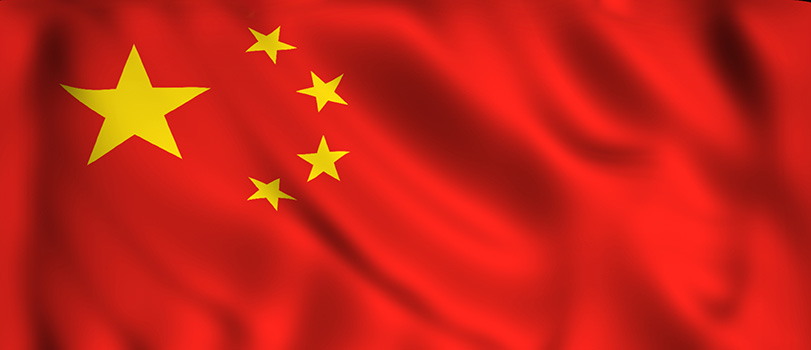©2025 Keller and Heckman, LLP
China Solicits Comments on Food-Contact Substances

On December 14, 2020, China National Center for Food Safety Risk Assessment (CFSA) requested comments on eleven food-contact substances, including three new resins, two new additives and six expanded-use additives. The substances and specifications are shown below.
New Resins
- Poly[imino-1,4-butanediylimino(1,10-dioxo-1,10-decanediyl)] (CAS No. 26247-06-3) for use in plastics at dosage as necessary. The thickness of plastic film made from this resin may not exceed 50 µm and may not be used in contact with infant food or breast milk.
- 2-Propenoic acid, polymer with butyl 2-propenoate, ethenyl acetate, 2-ethylhexyl 2-propenoate and ethyl 2-propenoate (CAS No. 68698-72-6) for use in indirect food-contact adhesives at a maximum use level of 20 g/m2 (as dry substance) and subject to specific migration limits (SMLs) of 6 mg/kg (as acrylic acid), 12 mg/kg (vinyl acetate), and 0.05 mg/kg (as 2-ethylhexyl 2-acrylate). Adhesives produced from this substance may only be use for filling and long-term storage at room temperature (including T ≤ 70°C, t ≤ 2 h or T ≤ 100°C, t ≤ 15 min heat filling and pasteurization).
- 2,5-Furandione, polymer with ethene, ester with ethanol homopolymer (CAS No. 76930-37-5) for use in coatings and coating layers at a maximum use level of the amount necessary and subject to SMLs of 12 mg/kg (vinyl acetate) and 30 mg/kg (as maleic acid). Coating and coating layers containing this substance may only be used for nylon 6. The thickness of coating and coating layers may not exceed 0.5 µm. This resin must be used at or below room temperature (including under high temperature thermal sterilization at T ≤ 121°C , t ≤ 0.5 h). Coatings and coating layers containing this resin may not contact infant food or breast milk.
New Food-Contact Additives
- Dodecylguanidine hydrochlotide (CAS No. 13590-97-1) for use in paper and paperboard at up to 0.02%.
- Poly (1,4-butylene adipate) (CAS No. 25103-87-1) for use in plastics at up to 0.09% and subject to an SML of 5 mg/kg (as 1,4-butyl glycol). Plastic materials and articles containing this substance may not contact infant food or breast milk.
Expanded Use Food-Contact Additives
- C.I. Pigment Violet 15; Sodium aluminosilicate may be used in polystyrene (PS) at up to 3%.
- Zinc phosphate (CAS No. 7779-90-0) for use in coatings and coating layers at up to 12% (as dry film weight) and subject to an SML of 25 mg/kg as zinc.
- Ethanol, 2-amino- (CAS No. 141-43-5) for use in paper and paperboard at up to 0.041% in paper and paperboard, and up to 0.01% in paper coatings. It is subject to an SML of 0.05 mg/kg. Paper and paper board containing this substance may only be used to contact fatty foods at or below room temperature and may not contact infant food or breast milk.
- 2,4-bis(2,4-dimethylphenyl)-6-(2-hydroxy-4-n-octyloxyphenyl)-1,3,5-triazine (CAS No. 2725-22-6) for use in polypropylene (PP) and polyethylene (PE) at a maximum use level of 0.03%. It is subject to an SML of 5 mg/kg. PP and PE containing this substance may not contact infant food or breast milk.
- 2-Methyl-2-propenoic acid 2-ethyl-2[[(2-methyl-1-oxo-2-propenyl)oxy]methyl]-1,3-propanediyl ester (CAS No. 3290-92-4) for use in rubber at up to 1.2% and subject to an SML of 0.05 mg/kg. Rubber containing this substance may only be used for no more than 0.5 hour at temperatures no higher than 150°C, followed by no more than 23.5 hours at temperatures no higher than 85°C.
- 2-Propenoic acid, polymer with 2-ethylhexyl 2-propenoate (CAS No. 25134-51-4) for use in acrylonitrile butadiene styrene (ABS) at up to 0.036% and subject to SMLs of 6 mg/kg (as acrylic acid) and 0.05 mg/kg (2-ethylhexyl 2-propenoate).
Comments on these substances are due by January 7, 2021.